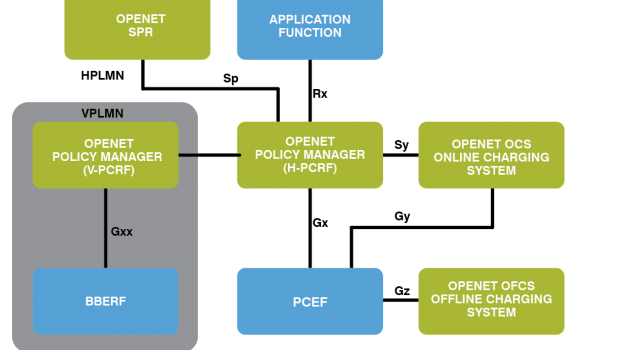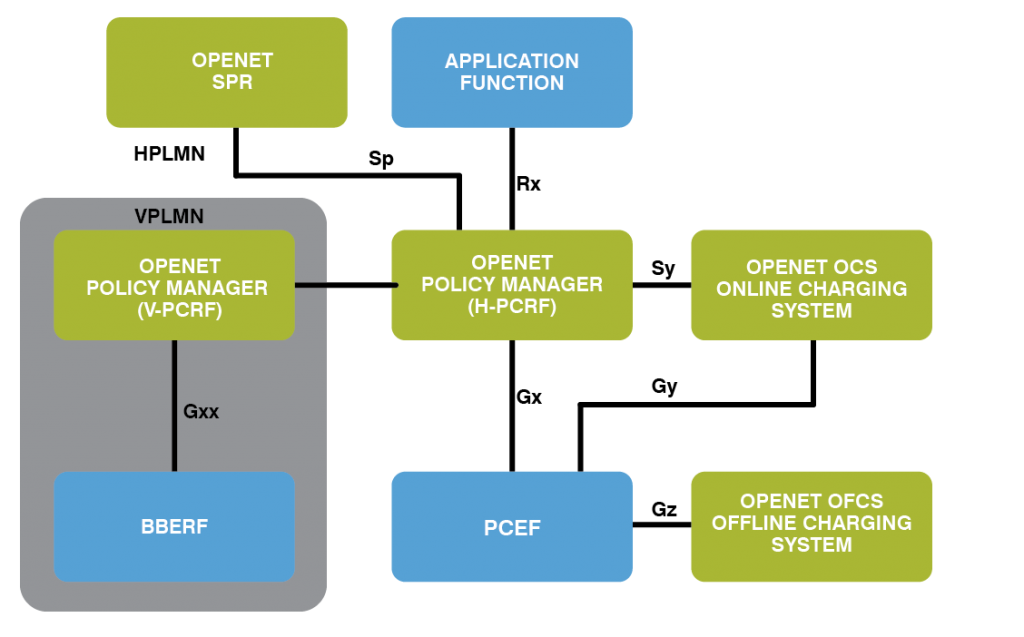Know-how of policy and charging enforcement function in mobility solutions
The 3GPP guidelines have set standards and specifications for interfaces to facilitate interoperability between multiple vendors and enhance overall industry efficiency. These standards help operators achieve greater accuracy in predicting time and cost deadlines. Policy Charging and Enforcement Function also called the PCEF along with the PCRF forms part of the 3GPP standards and serve a number of important functions:
- Traffic Management – The PCEF function detects, regulates and measures internet data traffic include OTT services
- Policy Enforcement – PCEF function enforces direct and indirect policy rules to ensure optimal use of internet bandwidth
- Charging Enforcement – ensure accurate bulling and charging to consumer by reporting online and offline usage charging
Policy and Charging Control functions, also called PCC functions include the PCEF and PCRF functions. They equip operators with sophisticated tools for higher QoS and superior charging control. The PCC functions make it possible for operators to provide consumers with differentiated servicecommensurate with higher charges. Within the PCC function the Policy and Charging Enforcement Function (PCEF) is required to detect and regulate network traffic as well associate users with specific network traffic for accurate charging information.
The basic purpose of an intuitive and intelligent PCEF solution is to help ensure optimal network resource allocation by achieving balance between services network subscribers have bought and bandwidth availability with the network. PECF and PCRF function provides network operators the opportunity to maximize revenue and increase operational efficiency in a number of ways. These include:
- Smart management of network resources by prioritizing network traffic as per customer expectations and SLAs.
- Achieving maximum value of network assets by offering personalized services to meet unique subscriber needs at higher price. The ability to dynamically change bandwidth and QoS provides opportunity for increased monetization and revenue generation.
Every service provided by the carrier has its own unique bandwidth requirement. It is the PCEF and PCRF function that ensure each service offering is allocated the appropriate amount of bandwidth for efficient service delivery. By dynamically allocating optimal network resources to each service offering, it ensures that network resources are efficiently used without any wastage. A typical PCEF and PCRF function manages thousands of transactions every second which is why it is important to ensure their ability to function under maximum stress.
Also before launching a new service operators need to conduct a validation on the policy rules within the PCEF and PCRF function to ensure that there is sufficient capacity to provide the requested service. Simply put, the testing and validating of your policy and charging functions including PCEF and PCRF act as a guarantee to the operator that service offerings can be delivered without any breakdowns.
















